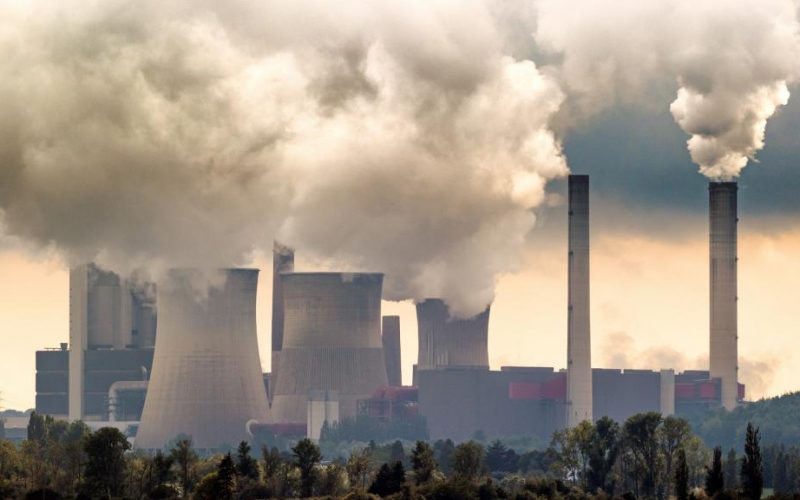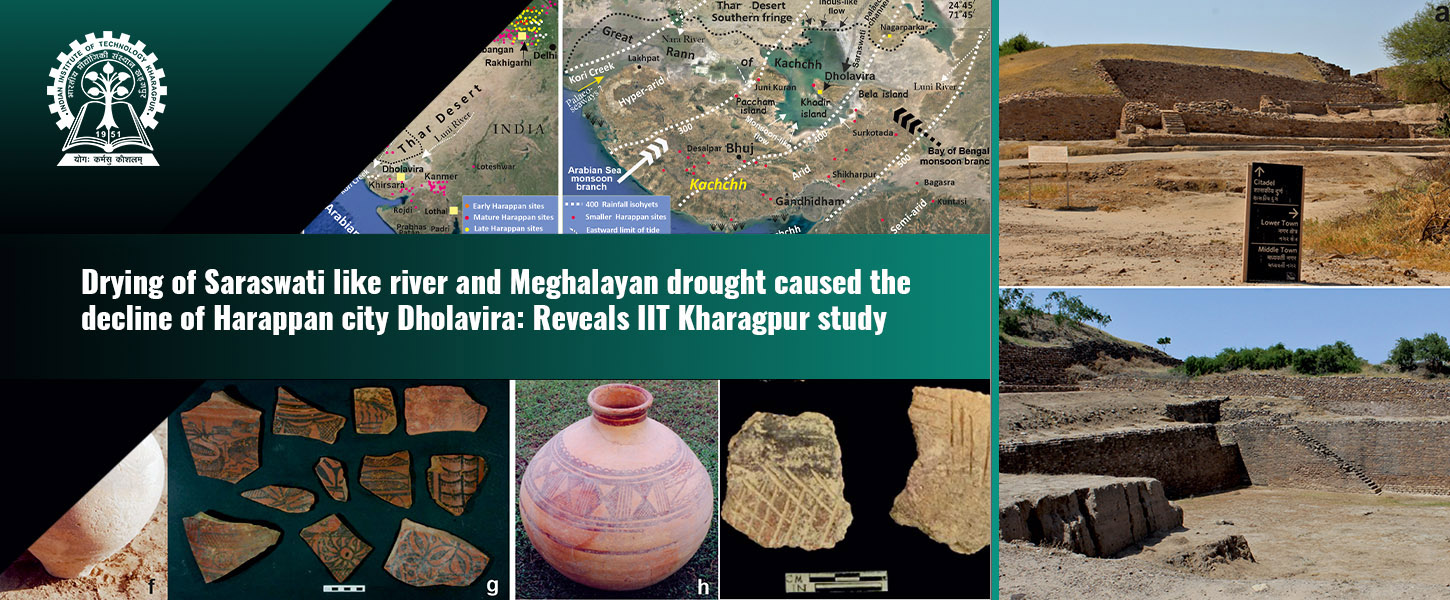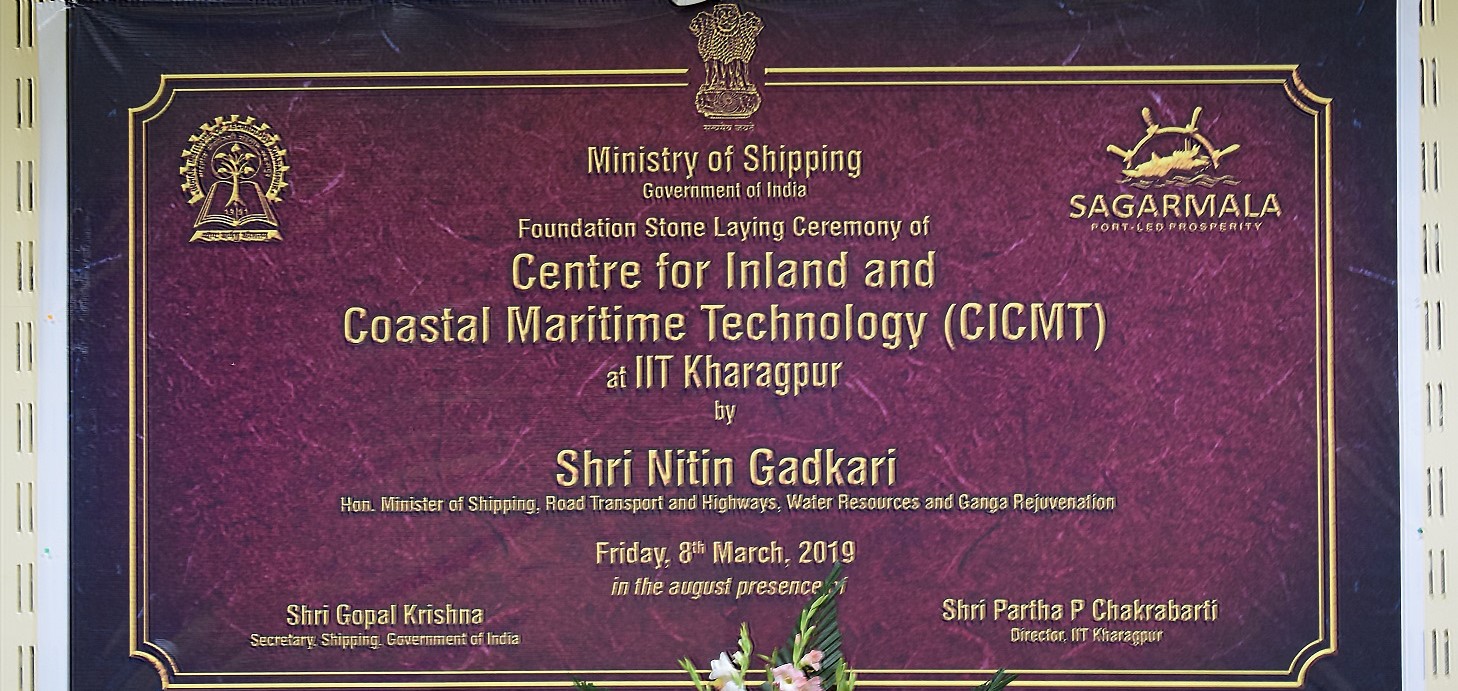
Effective Control Technologies to Reduce Sulphur Dioxide Pollution In India
FLUE GAS DESULPHURIZATION REDUCES SO2 POLLUTION IN INDIA A study by a team of researchers from IIT Kharagpur led by Prof. Jayanarayanan Kuttippurath from Centre for Oceans, Rivers, Atmosphere and Land Sciences (CORAL) found a significant decline in SO2 trends in India in the last decade, as compared to those in the previous three decades. The decrease in trend and concentration of SO2 is due to the environmental regulation and adaptation of effective control technologies such as scrubber and Flue Gas Desulphurization that shows the positive impact of technological advance and policy decisions to improve the air quality in India.…


